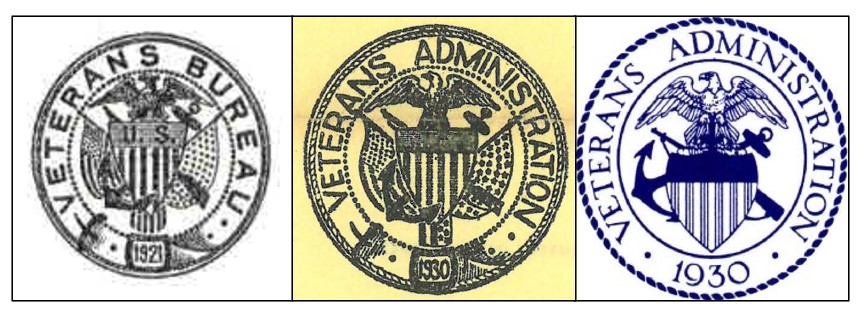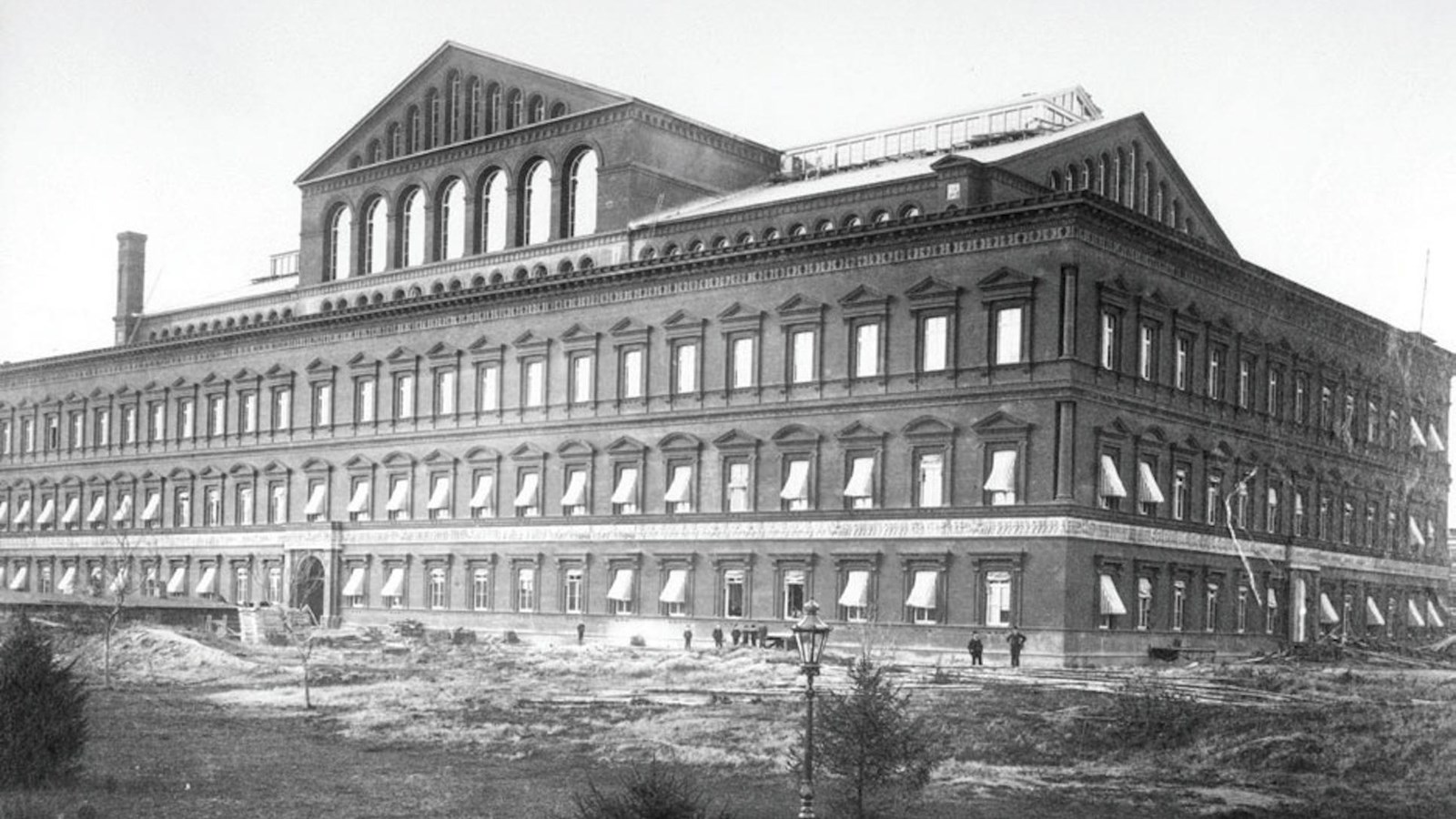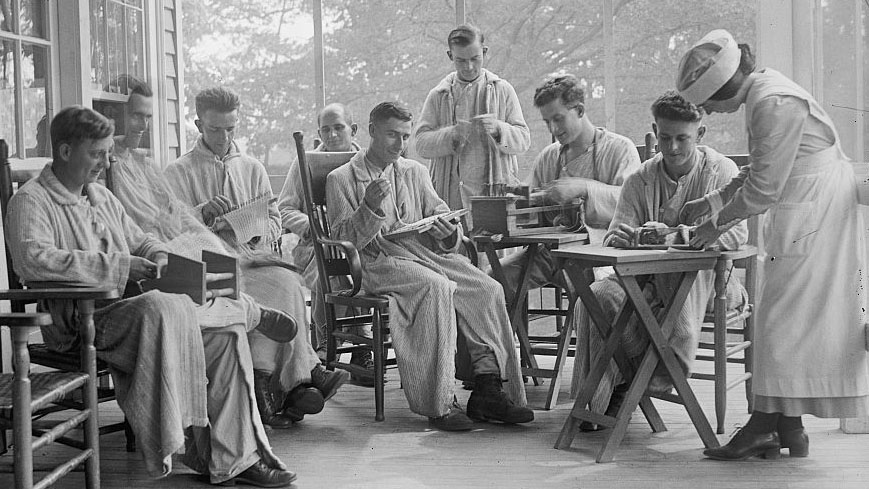History of VA in 100 Objects
The North’s victory in the Civil War came at an enormous cost to the more than two million men who fought for the Union cause. Over 350,000 lost their lives due to battle or disease. Almost as many were wounded in action. According to Northern medical records, Union surgeons performed just under 30,000 amputations during the war. For these disabled Union Veterans, Congress made provisions to provide monetary compensation. In July 1861, lawmakers hastily passed a law for Union recruits making them eligible for the same pension allowances as soldiers in the Regular Army. Later in 1862, for the first time, a pension law explicitly granted benefits not just for men wounded in battle but also to those suffering from “disease contracted while in the service of the United States.”
History of VA in 100 Objects
To help with manpower shortages in the Civil War, President Lincoln authorized recruiting of "men of color" in 1862, using posters called broadsides to advertise the call to arms.
History of VA in 100 Objects
In 1832, the federal government found itself with a pension problem largely of its own making. In June, Congress passed a law granting a pension to all surviving Revolutionary War Veterans who had served for at least six months, but the increased applications overwhelmed the staff handling claims. A Commissioner of Pensions was then appointed to address the issues.
History of VA in 100 Objects
The pension system expanded enormously after the Civil War. The number of Union Veterans, widows, and dependents drawing a pension from the federal government rose from 15,000 in 1863 to over 200,000 in 1871. The soaring size and costs of the pension system raised concerns about the prevalence of fraud, which the Pension Bureau aimed to stop with special examiners.
History of VA in 100 Objects
On July 21, 1930, President Herbert C. Hoover signed Executive Order 5398 establishing the Veterans’ Administration (VA), the forerunner of today’s Department of Veterans Affairs. Soon Adminstrator Frank Hines had created a new Veterans' Administration seal to go with the new agency.
History of VA in 100 Objects
In 1882, the Pension Bureau hired 770 new clerks, doubling the size of its work force. The additional manpower was necessary to keep up with the explosive growth of the pension system after the Civil War. Work soon began on constructing a new Pension Bureau building to serve as the headquarters and home for the enlarged work force.
Featured Stories
President Warren G. Harding made a commitment to streamline and improve benefit services for the millions of World War I Veterans in the U.S. In August of 1921, he signed the bill creating the Veterans Bureau, the first independent federal agency to manage all facets of Veterans care. The legacy of the Veterans Bureau lives on in the modern VA, which continues its forerunner’s tradition of service to Veterans and their dependents.










